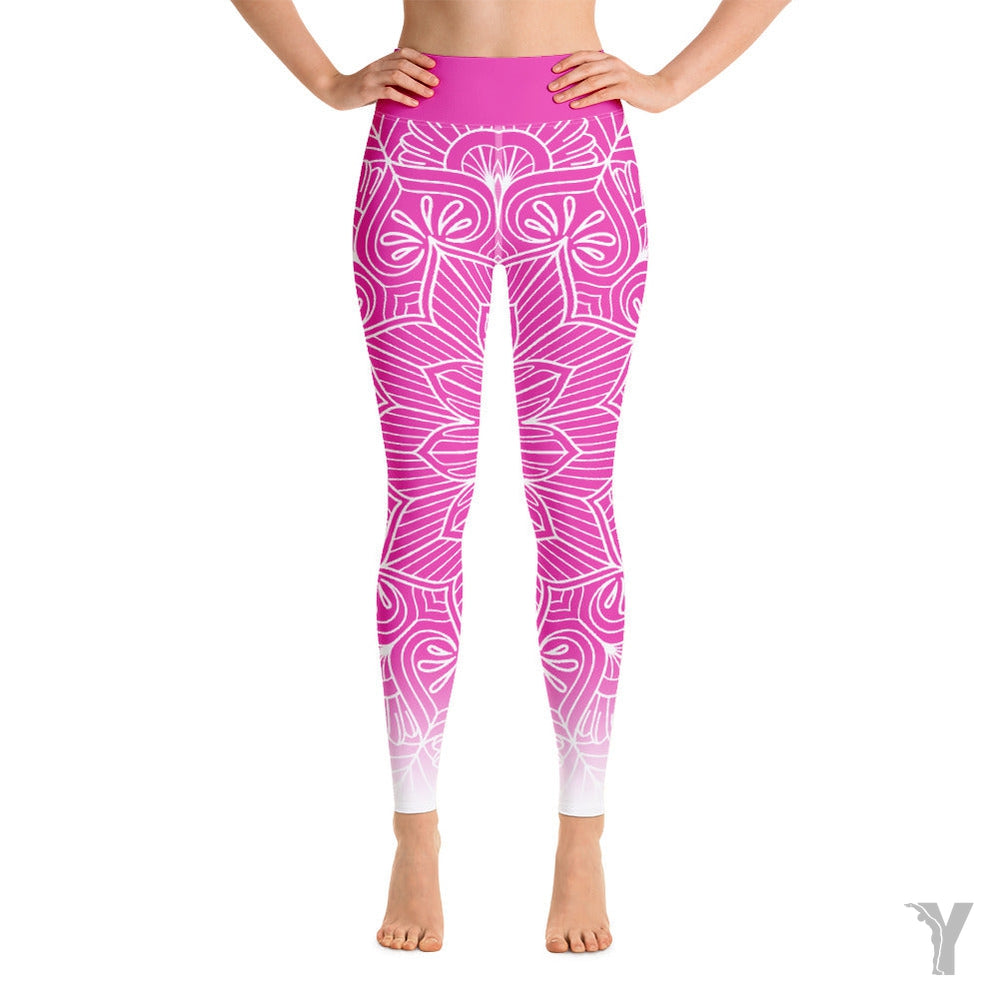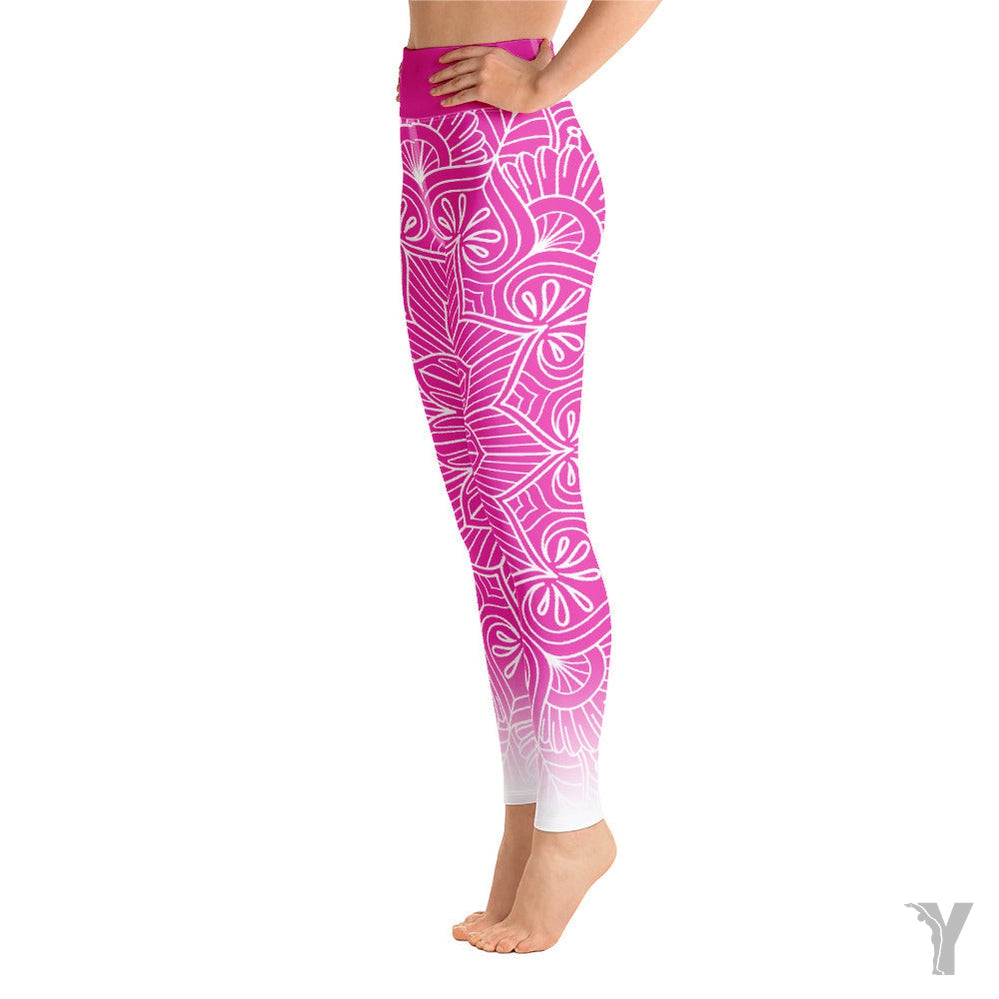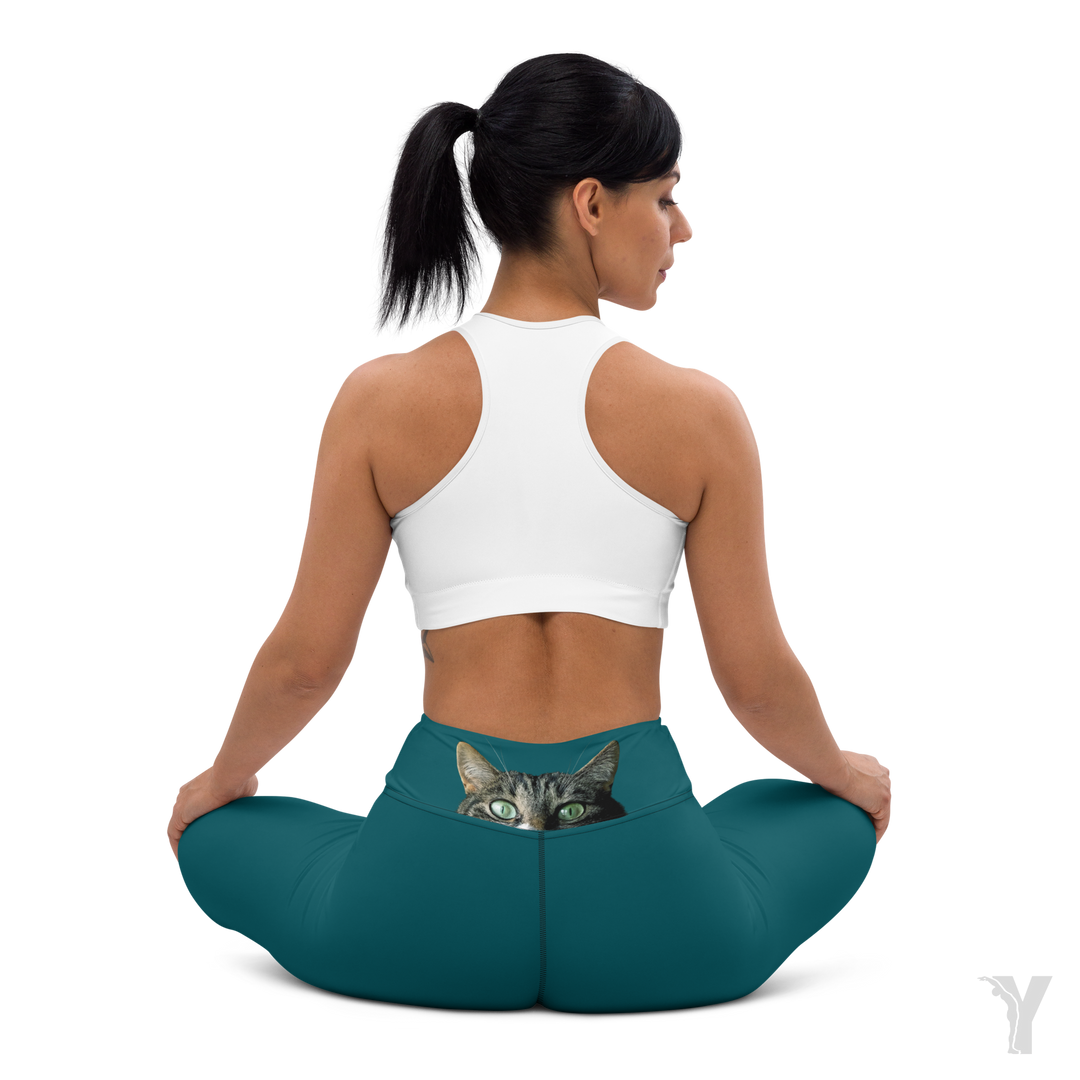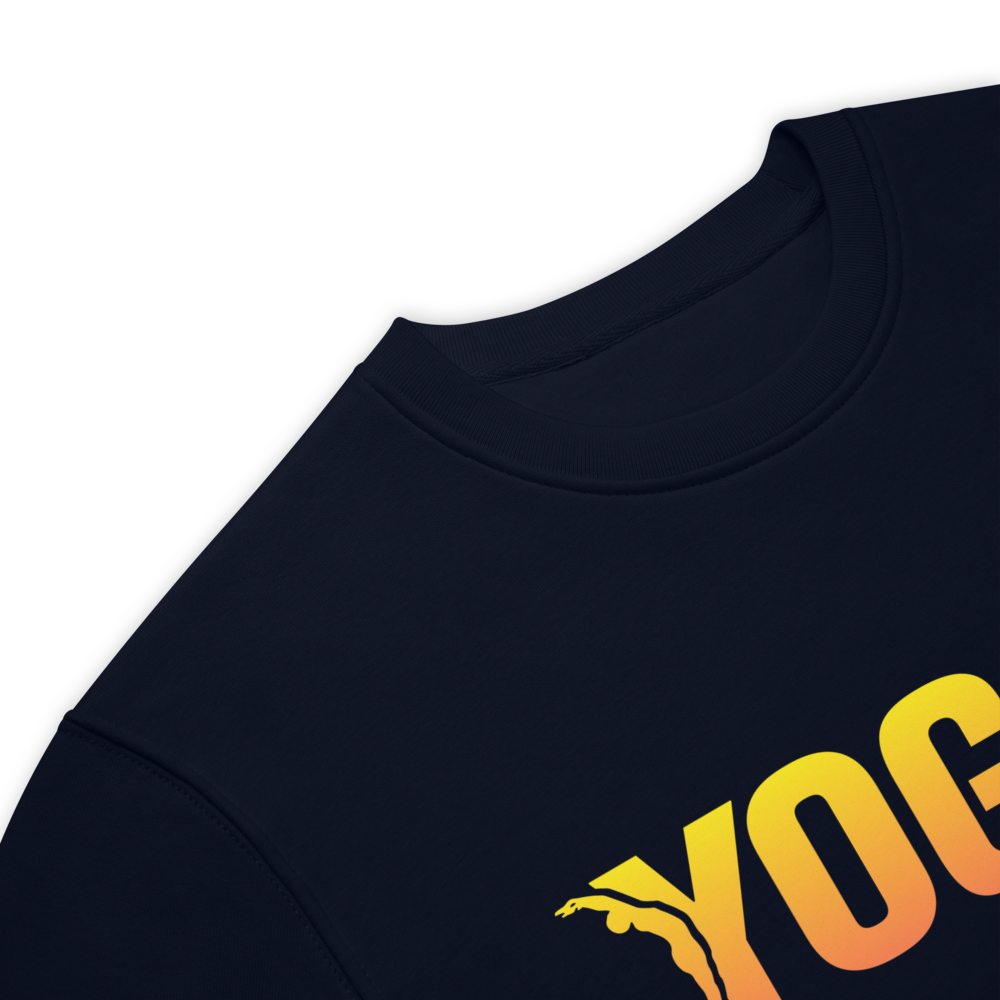Shavasana (Savasana): The Ultimate Relaxing Yoga Pose for Body and Mind
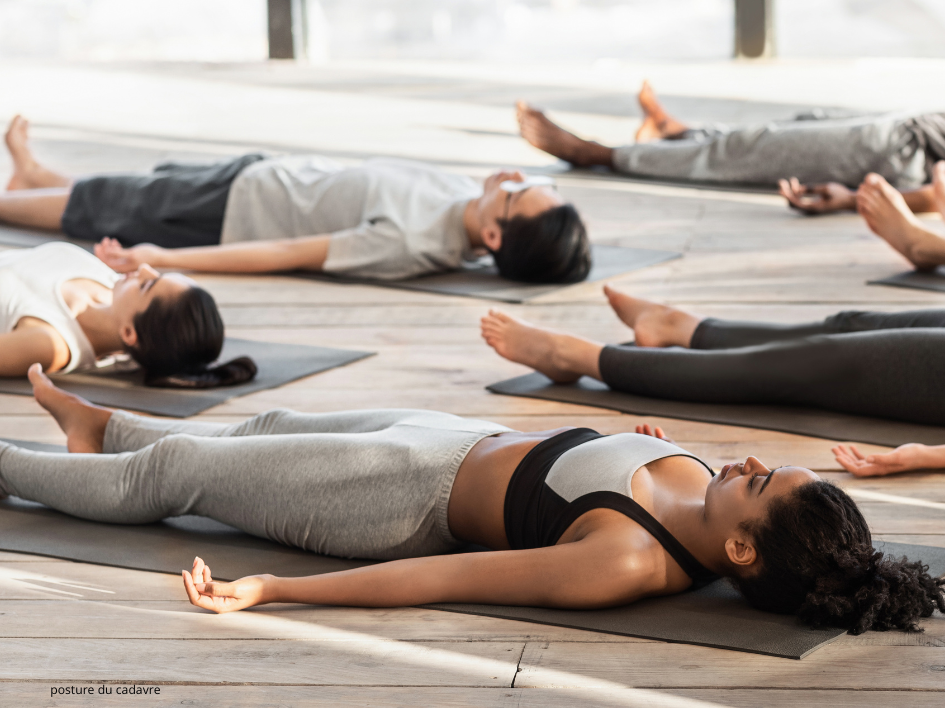
Shavasana (Savasana) – The art of ultimate relaxation in yoga
If you practice yoga, you probably know this seemingly simple posture where you lie on your back, arms and legs slightly apart, and completely relax. Yes, you guessed it, We are talking about Shavasana (or sometimes spelled Savasana ). But be careful, don't let the simplicity of this posture fool you: it hides powerful benefits for your body and mind.
Shavasana or Savasana: What is the difference?
Well, the answer is… none! In fact, both terms refer to the same pose. “Shavasana” is the traditional Sanskrit form, but “Savasana” is simply an alternate transliteration. Regardless of which term you use, the essence of this pose remains the same: a deep relaxation of the body and mind, often referred to as corpse pose (cool, right?). But rest assured, it’s actually a reference to the complete stillness you’re trying to achieve.
What is Shavasana?
Shavasana is the relaxation posture that is usually done at the end of each yoga session. It is a moment of total rest , where you allow your body to absorb all the benefits of the practice. To do it, simply lie comfortably on your back, arms slightly apart from your body, palms facing the sky, and legs hip-width apart. Breathe deeply, close your eyes, and… let go.
The benefits of Shavasana
Even though Shavasana seems easy, it is often considered one of the most difficult postures to master . Why? Because it requires total letting go , both physically and mentally. But once you manage to truly relax, the benefits are immense!
Physical:
- Deep muscle relaxation : By allowing each part of the body to completely relax, you release accumulated tension.
- Physical Stress Reduction : After an intense yoga session, Shavasana allows the body to recover by releasing residual tension.
- Improved blood circulation : By promoting better oxygenation of the body, this posture helps to relax the muscles and improve circulation.
Mentals:
- Stress and Anxiety Reduction : By calming the nervous system, Shavasana helps to restore a state of inner peace.
- Better concentration and mindfulness : This is a perfect posture to reconnect with yourself and refocus your mind.
- Mental calm and emotional regeneration : The mind calms, clears, and you come out of this posture feeling refreshed and lighter.
Shavasana and breathing: the winning duo
The key to fully enjoying Shavasana is your breathing . Take the time to breathe deeply and consciously. As you inhale, visualize the air nourishing your body. As you exhale, imagine releasing any tension or worry. This slow, steady breathing allows for deeper relaxation and helps calm your mind , while providing better oxygenation to your body.
Common Mistakes in Shavasana (and How to Avoid Them)
Although Shavasana seems simple, there are a few mistakes you can avoid to fully enjoy its benefits.
- Residual tension : You may still be clenching your jaw, or your shoulders may be slightly tense. Take a moment to scan your body, from your toes to the top of your head, and relax each part.
- Restless Mind : It’s not always easy to silence that little voice in your head that’s thinking about all the things you have to do after class. If your mind is wandering, gently bring your attention back to your breathing.
- Bad posture : To be perfectly aligned, make sure your arms and legs are far enough away from your body and that your neck is well supported (you can even use a cushion for added comfort).
When and how to practice Shavasana?
The best way to incorporate Shavasana into your yoga routine is obviously at the end of your session. It’s a sacred moment that allows your body to process all the movements you’ve just performed. However, you can also practice Shavasana at any time of day! If you’re feeling stressed or exhausted , a few minutes of Shavasana may be just what you need to refocus and relax.
Tips for practicing Shavasana well
- Choose a quiet environment : Try to practice in a place where you won't be disturbed. Create a zen atmosphere with a comfortable yoga mat, or even a few cushions and a blanket to keep you warm.
- Take the time : Even 5 to 10 minutes can make a big difference in your day. For deep relaxation, try to give yourself 15 to 20 minutes of Shavasana.
- Accessories for more comfort : Use cushions under your knees or under your head if you feel the need. This can help you achieve even deeper relaxation.
Conclusion
Shavasana (or Savasana, if you prefer) is much more than just a relaxation posture. It is a powerful tool to regenerate the body and mind, promote overall well-being and reconnect with yourself. Don't hesitate to integrate it into your daily practice, whether at the end of your yoga sessions or simply during the day for a well-deserved moment of rest.
find our T-shirt model => Everyone in Shavasana





